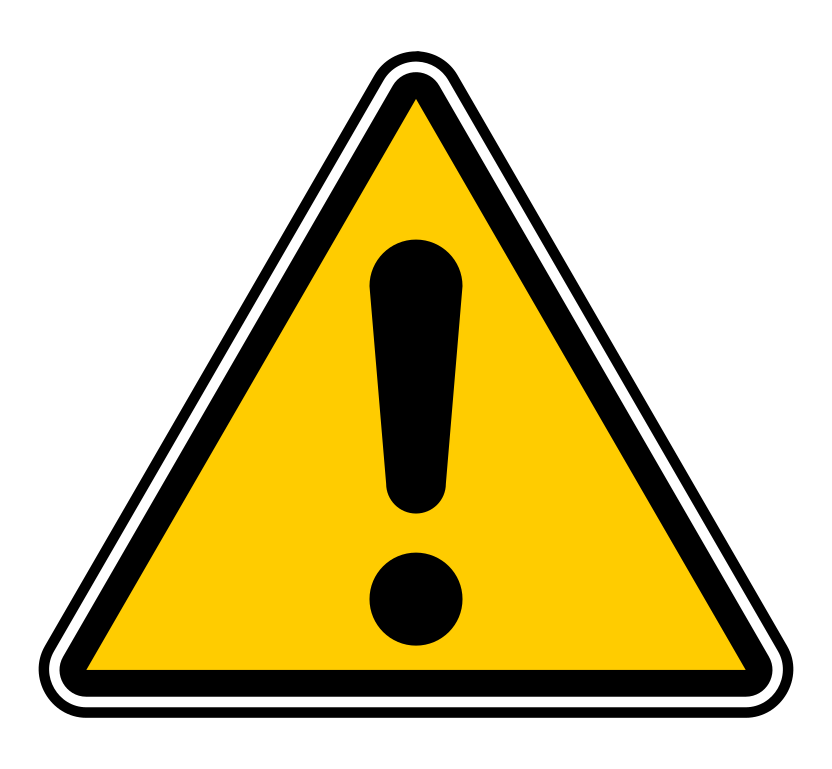WHAT IS MEDICAL CODING?
Medical coding starts with a patient encounter in a physician’s office, hospital, or other care delivery location. When a patient encounter occurs, providers detail the visit or service in the patient’s medical record and explain why they furnished specific services, items, or procedures.Accurate and complete clinical documentation during the patient encounter is critical for medical billing and coding. The golden rule of healthcare billing and coding departments is, “Do not code it or bill for it if it’s not documented in the medical record.”
ICD-10 DIAGNOSIS CODES
Diagnosis codes are key to describing a patient’s condition or injury, as well as social determinants of health and other patient characteristics. The industry uses the International Statistical Classification of Diseases and Related Health Problems, Tenth Revision (ICD-10) to capture diagnosis codes for billing purposes.The ICD-10 code set has two components: the ICD-10-CM (clinical modification) codes for diagnostic coding, and the ICD-10-PCS (procedure coding system) for inpatient procedures performed in the hospital.
CPT AND HCPCS PROCEDURE CODES
Procedure codes complement diagnosis codes by indicating what providers did during an encounter. The two main procedure coding systems are the Current Procedural Terminology (CPT) codes and the Healthcare Common Procedure Coding System (HCPCS).The American Medical Association (AMA) maintains the CPT which is used to describe the services rendered to a patient during an encounter to private payers. They work with the ICD-10 codes to round out what happened and why.
CHARGE CAPTURE CODES
Coders also connect physician order entries, patient care services, and other clinical items with a chargemaster code. Chargemasters are a list of the organization’s prices for each service offered at the provider organization.This process is known as charge capture. Revenue cycle management leaders use these prices to negotiate claims reimbursement rates with payers and bill patients for the remaining balance.
WHAT IS MEDICAL BILLING?
Medical billing uses the medical codes chosen by the medical coder to create insurance claims and bills for patients. Creating claims is where medical billing and coding intersect to form the backbone of the healthcare revenue cycle.FRONT-END MEDICAL BILLING
Medical billing begins when a patient registers at the office or hospital and schedules an appointment.BACK-END MEDICAL BILLING
Together, medical coders and back-end medical billers use codes and patient information to create a superbill.The superbill is an itemized form that providers use to create claims. The form typically includes:
- Provider information: rendering provider name, location, and signature, as well as name and National Provider Identifier (NPI) of ordering, referring, and attending physicians
- Patient information: name, date of birth, insurance information, date of first symptom, and other patient data
- Visit information: date of service(s), procedure codes, diagnosis codes, code modifiers, time, units, quantity of items used, and authorization information
Pulling information from the superbill, either manually or electronically, allows medical billers to prepare claims.


